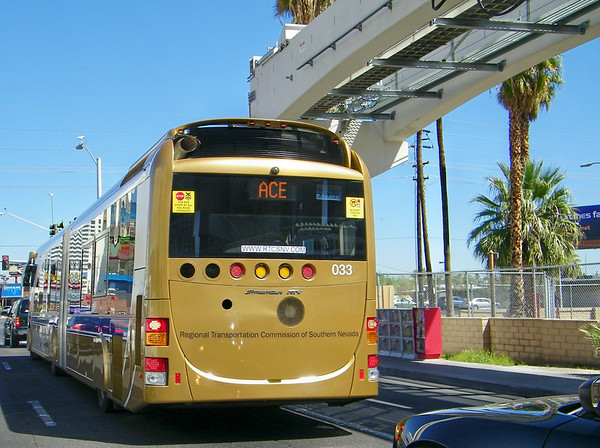D.P. Roberts
Conductor
I just saw this video on CNN, & thought it was interesting:CNN - Las Vegas Bus System
At the beginning of the video I fell for it & thought the dude was riding a train. I think it's very interesting that the whole system is designed to 'emulate" a light rail system - from the design of the cars, ticket booths, and "stations" to the use of dedicated lanes (which is the only thing that makes this anything like a rail system).
The only thing I can compare this to, from my own experience, is Walt Disney World. I'm not sure if the buses at WDW have dedicated lanes, but it basically felt like they did. Still, when given a choice of how to get around WDW, I always chose boats, monorails, or even walking over the buses.
Still, I wonder how many cities could use something like this as a stepping stone to a true light rail system.
At the beginning of the video I fell for it & thought the dude was riding a train. I think it's very interesting that the whole system is designed to 'emulate" a light rail system - from the design of the cars, ticket booths, and "stations" to the use of dedicated lanes (which is the only thing that makes this anything like a rail system).
The only thing I can compare this to, from my own experience, is Walt Disney World. I'm not sure if the buses at WDW have dedicated lanes, but it basically felt like they did. Still, when given a choice of how to get around WDW, I always chose boats, monorails, or even walking over the buses.
Still, I wonder how many cities could use something like this as a stepping stone to a true light rail system.






